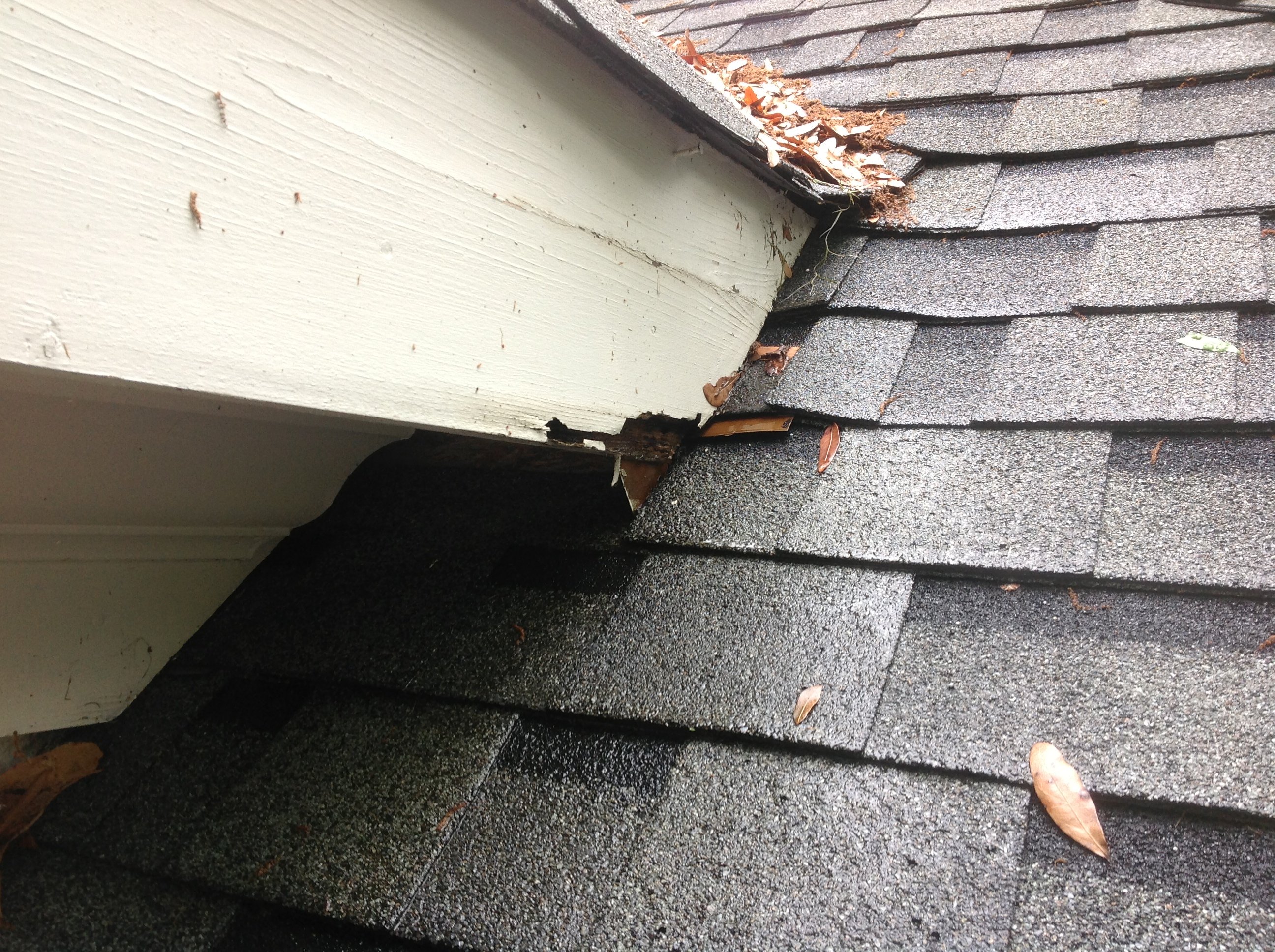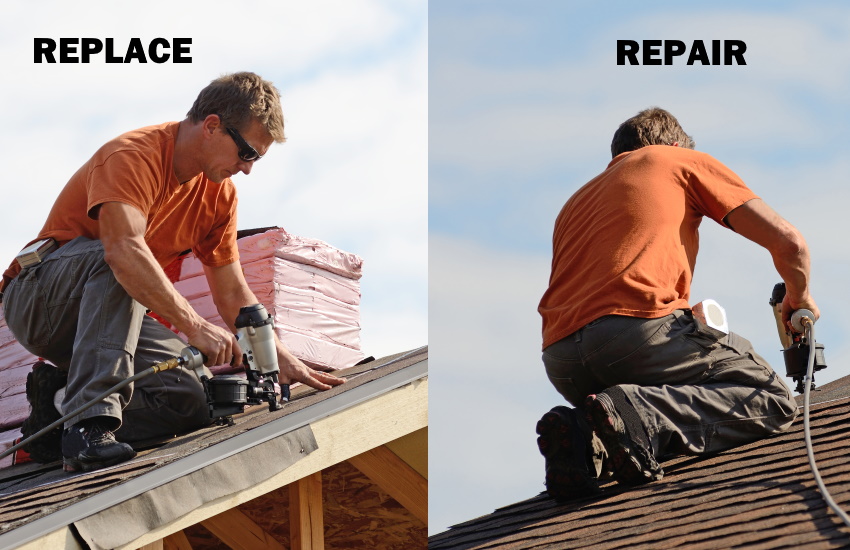Comprehending the Different Sorts Of Roofing Systems: A Comprehensive Guide for Homeowners
In the world of homeownership, choosing the suitable roof style is a decision that carries significant ramifications for both performance and aesthetic allure. With a variety of alternatives-- varying from the conventional gable to the modern level-- each kind provides one-of-a-kind advantages and obstacles that should align with the homeowner's specific needs and environmental factors to consider. Understanding these differences not only aids in making an educated option however also influences long-term upkeep and energy performance. As we explore the complexities of different roof covering types, it becomes noticeable that size does not fit all; the right selection may surprise you.
Gable Roofing Systems
Saddleback roofs, identified by their triangular form, are among one of the most popular roof covering styles due to their simplicity and efficiency in dropping water and snow. This style features 2 sloping sides that fulfill at a ridge, permitting reliable water drainage and minimizing the risk of water accumulation. The steep pitch commonly associated with saddleback roofs enhances their capacity to manage heavy rainfall, making them ideal for numerous environments.
Along with their sensible advantages, saddleback roofs supply visual adaptability. They can be adapted to various architectural designs, from traditional to modern homes. The layout can additionally suit extra functions such as dormer home windows, which enhance natural light and air flow in the attic room area.
In addition, gable roofs offer ample room for insulation, adding to energy efficiency. Homeowners can pick from a selection of roof covering products, including asphalt roof shingles, metal, and floor tiles, even more boosting personalization choices.
In spite of their benefits, gable roof coverings may call for extra assistance in locations vulnerable to high winds or hefty snowfall. In general, the gable roof covering stays a preferred option because of its mix of performance, resilience, and aesthetic allure.
Apartment Roofs
Level roofings are usually identified for their minimal layout and practical applications, particularly in commercial and commercial settings (oahu roofing). These roofing systems feature a virtually straight or horizontal surface area, which permits easy building and construction and versatile room usage. While they may lack the aesthetic charm of pitched roofing systems, flat roof coverings supply various advantages, specifically in city environments where maximizing space is essential
Among the key benefits of level roofings is their availability. Property owners can make use of the roofing space for numerous functions, such as rooftop gardens, balconies, or solar panel installments. Additionally, level roofing systems are commonly much more cost-efficient to set up and preserve contrasted to their sloped counterparts, as they need less products and labor.
Nonetheless, flat roofing systems do existing certain difficulties. Appropriate drainage is necessary to protect against water pooling, which can cause leakages and structural damage. For this reason, choosing premium waterproofing products and routine inspections are vital for making certain longevity. Common materials utilized for level roofs include built-up roof (BUR), customized asphalt, and single-ply membranes, each offering distinctive advantages. Overall, flat roofing systems act as a useful and adaptable choice for numerous home owners and organizations alike.
Hip Roof Coverings
Hip roof coverings are identified by their sloped sides that assemble at the top, forming a ridge. This design stands out from saddleback roofs, as all 4 sides of a hip roofing slope downwards toward the wall surfaces, providing an extra secure structure. The angle of the slopes can differ, enabling adaptability in architectural aesthetic appeals and functionality.
Among the key advantages of hip roofs is their capacity to stand up to heavy winds and adverse weather. The sloped surface areas allow better water drain, minimizing the risk of leakages and water damages. Furthermore, hip roofs supply enhanced attic room area, which can be utilized for storage space or even transformed into comfortable areas.
Nonetheless, building a hip roof covering can be much more costly and complicated than simpler roofing kinds, such as saddleback roofs. The additional material and labor entailed in creating the inclines and ensuring appropriate architectural integrity can lead to greater costs. In spite of these disadvantages, several homeowners prefer hip roofs for their toughness, visual allure, and possibility for energy efficiency.
Mansard Roofing Systems
Mansard roofings, frequently acknowledged by their unique four-sided style, attribute 2 slopes on each side, with the lower slope being steeper than the top. This building design, originating from France in the 17th century, is not only visually enticing yet functional, as it makes best use of the usable area in the upper floorings of a structure. The high reduced incline enables more headroom, making it an optimal option for attic rooms or loft spaces, which can be transformed right into living rooms.
Mansard roofs are characterized by their flexibility, fitting different architectural styles, from conventional to contemporary. They can be built with different materials, including asphalt roof shingles, slate, or metal, supplying home owners with a series of alternatives to match their choices and budget plans. Furthermore, the design permits the integration of dormer windows, boosting all-natural light and ventilation in the upper levels.
Nonetheless, it is important to think about the possible downsides. Mansard roofings may require even more upkeep because of the complexity of their layout, and their high slopes can be testing for snow and rainfall drainage. Overall, mansard roof coverings integrate style with practicality, making them a preferred option among homeowners looking for unique architectural attributes.
Dropped Roofs
As home owners significantly seek simpleness and performance in their architectural layouts, shed roof coverings have actually emerged as a prominent choice. Identified by a single sloping aircraft, a shed roofing presents a minimal visual that complements numerous home styles, from modern to rustic.
Among the key advantages of a shed roofing is its straightforward building, which often equates to decrease labor and product costs. This style enables reliable water drainage, decreasing the threat of leakages and water damages. Additionally, the vertical incline gives ample area for skylights, improving all-natural light within the inside.
Shed roofing systems likewise supply versatility in regards to usage. They can be effectively integrated into additions, garages, or outside frameworks like pavilions and sheds. Additionally, this roofing design can suit numerous roofing materials, including metal, asphalt shingles, or perhaps environment-friendly roofs, aligning with environment-friendly efforts.
Nonetheless, it is vital to consider local environment problems, as heavy snow lots may require adjustments to the roof covering's angle or framework. In general, lost roof coverings present a functional and visually pleasing alternative for homeowners wanting to roofing companies oahu optimize capability without endangering design.
Conclusion


Gable roofing systems, characterized by their triangular shape, are amongst the most preferred roof covering styles due to their simplicity and efficiency in shedding water and snow. oahu roofing. The steep pitch typically linked with gable roofings enhances their capability to deal with heavy rainfall, making them suitable for different environments
While they may lack the aesthetic charm of pitched roof coverings, level roofs supply numerous advantages, especially in city settings where maximizing room is essential.
